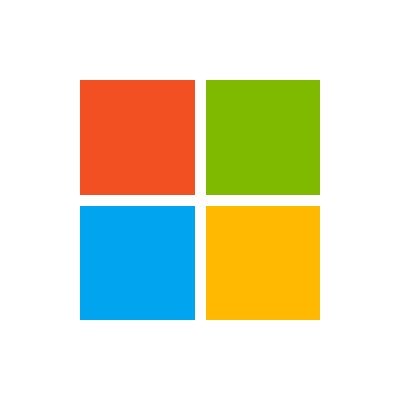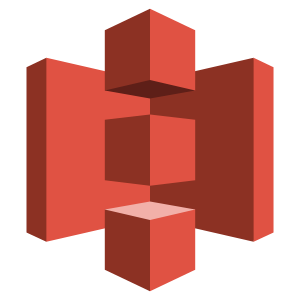Compare - Lakefs VS Databricks
Here’s the difference between Lakefs and Databricks. The comparison is based on pricing, deployment, business model, and other important factors.
About Lakefs
Cloud-based data analytics and data lake management platform. The features of the solution include databases, data science, data collection, data storage, data analysis, data monitoring, data migrating, etc. It also provides open-source storage-based data lakes operations platform.
About Databricks
Databricks provides a data lakehouse that unifies your data warehousing and AI use cases on a single platform. With Databricks, you can implement a common approach to data governance across all data types and assets, and execute all of your workloads across data engineering, data warehousing, data streaming, data science, and machine learning on a single copy of the data. Built on open source and open standards, with hundreds of active partnerships, Databricks easily integrates with your modern data stack. Additionally, Databricks uses an open standards approach to data sharing to eliminate ecosystem restrictions. Finally, Databricks provides a consistent data platform across clouds to reduce the friction of multicloud environments. Today, Databricks has over 7000 customers, including Amgen, Walmart, Disney, HSBC, Shell, Grab, and Instacart.
Comparison Table
| Overview | ||
|---|---|---|
| Categories | Data Lakes | Data Warehouses, Data Lakes |
| Stage | Early Stage | Late Stage |
| Target Segment | Mid size | Enterprise, Mid size |
| Deployment | Open source | SaaS |
| Business Model | Open Source | Commercial |
| Pricing | Freemium | Freemium, Contact Sales |
| Location | Tel Aviv, Israel | San Francisco, US |
| Companies using it | ||
| Contact info |
Add to compare

